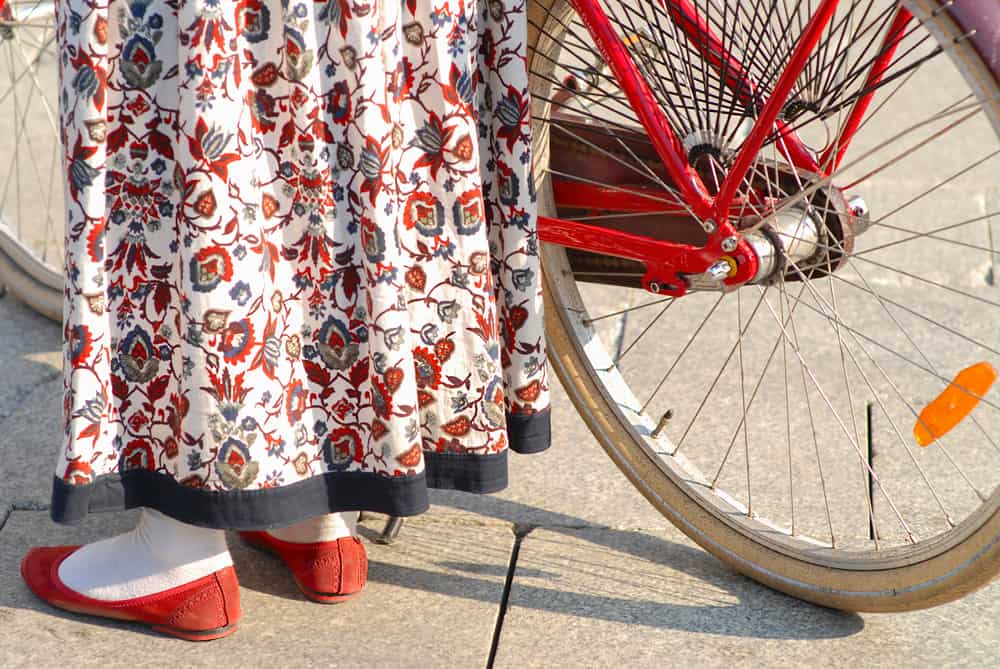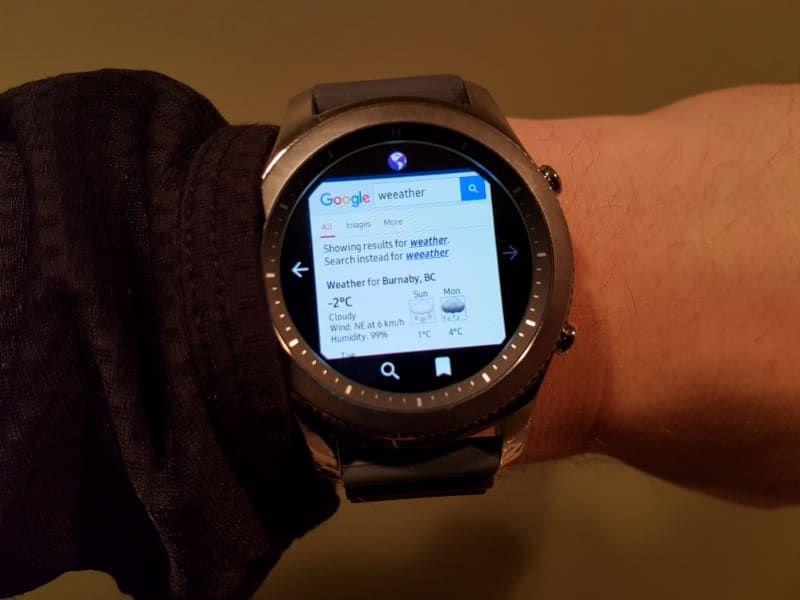Learn the difference between a skirt and a dress, and how to style skirts to best suit your figure.

Shopping for fashion today raises some complications. You might see some styles in the store that you wonder whether they qualify as a dress or a skirt. When you shop, you also need to know the terminology, so you can find just the style of clothing you want. The first thing to learn is the difference between a skirt and a dress.
Table of Contents
What is a dress?
A skirt is not a dress, it comprises the lower half of a dress. Its tube or bell shape provides an opening at the top that fits around the individual’s waist and an opening at the bottom for the individuals’ legs and feet to show.
You can wear some type of skirt as a dress provided that the material provides enough length to reach the past the bottom of your buttocks. Maxi skirts and A-line skirts make the best choices for this purpose.
A Short History of the Skirt

Before pants existed, both genders wore skirts or dresses. The invention of pants just a bit more than 1,000 years ago in 1000 BCE, increased the size of everyone’s wardrobe eventually. The first clothing consisted of material draped around the body to form a toga, a type of long dress that reaches the knees or ankles.
In caveman times, also referred to as prehistoric times, this body covering consisted of an animal skin secured by a belt of other animal skin or plant matter, such as vines. This dates back between 100,000 to 500,000 years ago. As time wore on, people created multiple pieces of clothing and the tunic or dress became separates. The first skirt showed up in Armenia in 3900 BC.
From Armenia to ancient Egypt, the skirt was popularized as attire. In Ancient Egypt, men first began wearing skirts called Shendyt. These garments were wrapped around the waist and belted there.
Made from locally sourced flax linen, the skirt provided a cool and comfortable option in the sweltering Egyptian climate. This became the fashion for upper-classmen, while laborers and lower-class males wore loincloths of cotton. Women continued to prefer dresses in white, typically floor-length.
In the late 19th century, women’s dresses were divided into separates. The skirts remained floor-length. The tops typically featured long sleeves and high necks. Since that time, skirts have diversified. Today, more than 20 different styles and lengths of skirts exist. The major lengths include floor-length, tea-length, maxi, midi, mini, and micro-mini.
Skirt or Dress?

A skirt comprises the bottom half of a dress. You can wear some skirts as dresses, but you cannot typically wear a dress as a skirt.
With a maxi dress, you can pull the waistband up to your shoulders or just underneath it. Wearing it over the shoulders would require that you wear tights or leggings beneath it. It would appear to be a shawl dress. You need the leggings because when you raise your arms, the dress/tunic portion would rise with them, showing what you had on underneath.
You could also wear a maxi dress as a sundress. To create this style, pull the skirt up to just underneath your armpits. This makes it into a strapless sundress. You can wear this option belted or loose.
In the 1980s, the singer/dancer Madonna popularized the tube skirt which could convert to a tube dress. If you wanted to wear it as a midi skirt you kept the waistband at your waist. Its stretchy cotton fabric, enhanced with a bit of Lycra, allowed the wearer to fold over the top portion to make the maxi or midi skirt into a mini skirt.
You could pull the waistband up to your armpits to create a knee-length dress if the tube skirt was maxi length or a mini dress if the dress was a midi length.
Conversely, you cannot wear a dress as a skirt unless the designer crafted it as a breakaway. Breakaway refers to a method of design that lets the wearer remove part of the garment to convert it to a different type. Without it being this type of dress, you would not have any way to remove or disguise the top of the dress.
Sleeves and the torso of a dress create too much bulk to tuck into the skirt portion and it would ruin the line of the skirt. It would also ruin your look if you left it on the outside of the skirt.
Frequently Asked Questions (FAQ)
What is the benefit of wearing a dress instead of a skirt?
Wearing a dress provides you with the utility of two pieces of clothing in one garment. You cover all necessary body parts with one garment which costs you less money, typically. The single garment creates a complete outfit by itself. You might add accessories, but you would not need other pieces of clothing.
Is a skirt more comfortable than a dress?
A skirt can be more comfortable to wear since it fits at the waistband. You can choose a top that matches it but provides you with greater movement. With a dress, the shoulders and sleeves might constrict your movement and they are attached to the skirt. The waist of the dress might hit you at an uncomfortable height.
Which types of skirts work for your body type?
There is a skirt for every body type that will make your body look even better. Conversely, somebody types should avoid certain skirt types because they would accentuate their worst feature rather than their best.
Long, thin legs: Wear a miniskirt. If you do not want your legs to look too thin, you should wear knee-high or just below-the-knee boots rather than high heels.
You’re tall: Wear a maxi skirt. A maxi skirt makes very long legs seem shorter, especially if you wear the dress with flats.
Curvy or Thin: Wear a tube skirt or pencil skirt. Either of these skirts complements the figure of a curvy or thin woman. While it accentuates the curvy figure, it can seemingly add volume to a thin woman’s figure.
Short legs: Wear an A-line skirt. These skirts feature a narrow waist with a wider, bell-shaped bottom. They make a person’s legs seem longer, especially when paired with high-heels.
Plump legs: Choose a knee-length skirt to expose the thinnest parts of your calves.
Wide hips or Large Stomach: A pocketed skirt or a skirt with folds can help disguise these problems and slim your figure.
You’re short: Choose a skirt with a vertical print to make your legs seem longer and lengthen your silhouette.
Large Stomach or Hips: Choose a skirt with a waist and a flared bottom.
Skinny figure: You can add volume to your frame by wearing a pleated skirt or a print skirt.
Small buttocks: You can seemingly give the buttocks more curves by wearing a pencil skirt.
What skirts should you avoid wearing?
Avoid wearing miniskirts if you have thick legs because they make your legs look shorter and thicker. Avoid maxi skirts if you are petite because they will make you seem shorter. Avoid light-colored skirts if you are not thin. Choose dark, solid color skirts to seem more slender.
References:
History of Clothing: Prehistoric Clothing
Red Cliffe Style: Wear a Maxi Skirt as a Dress
My Chico Obsession: How to Wear a Skirt as a Dress
Sew Guide: Types of Skirts




